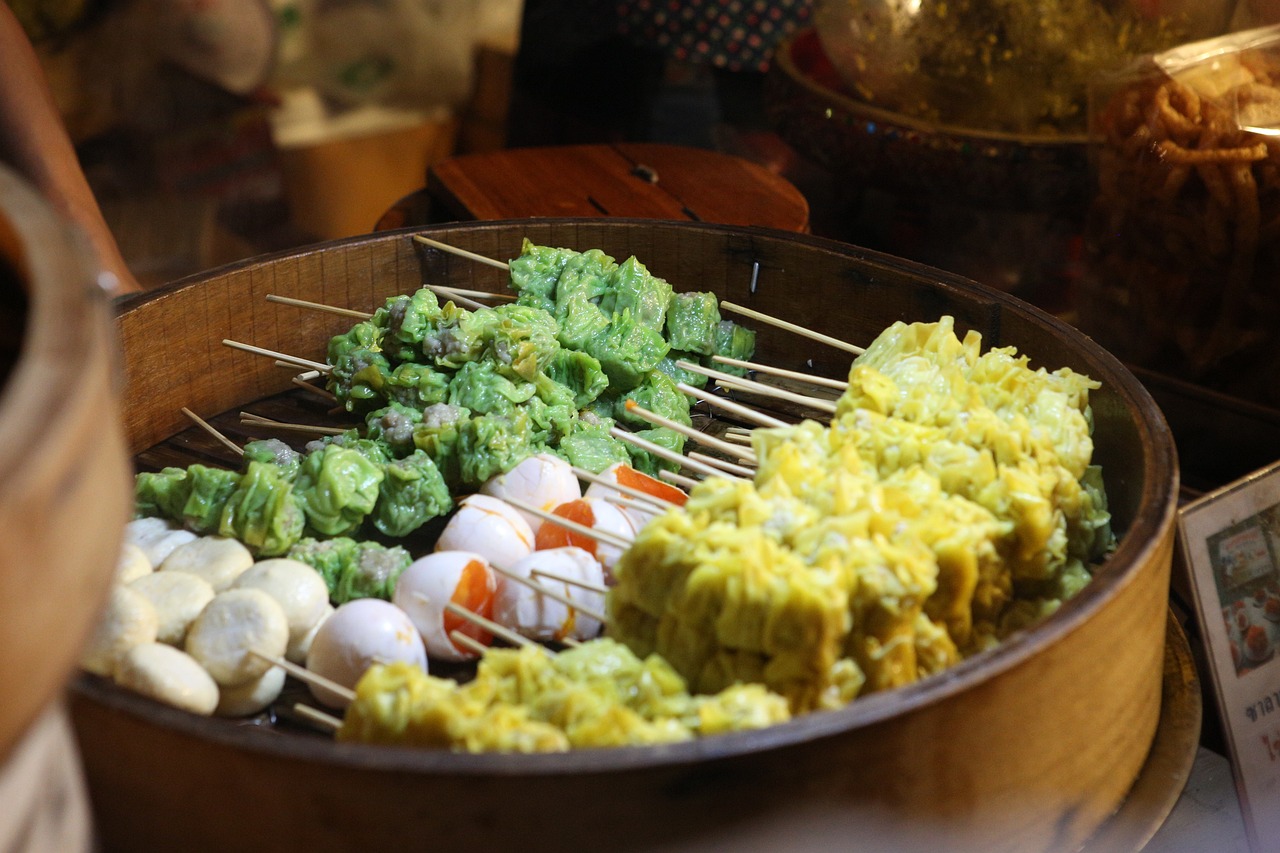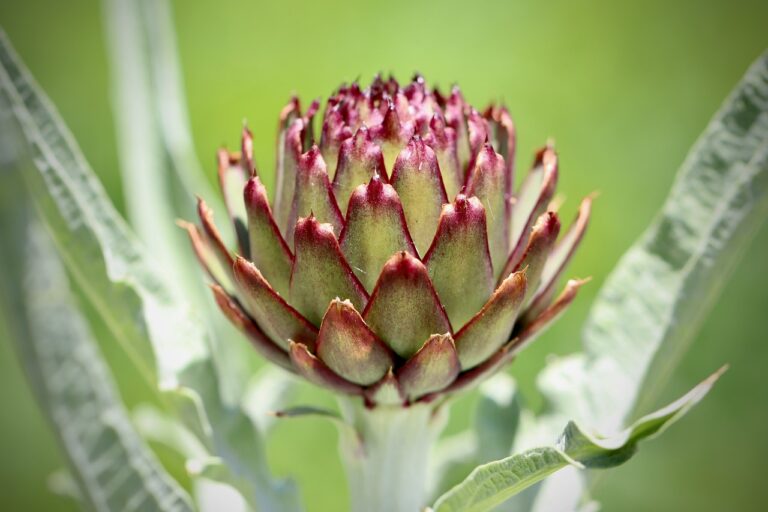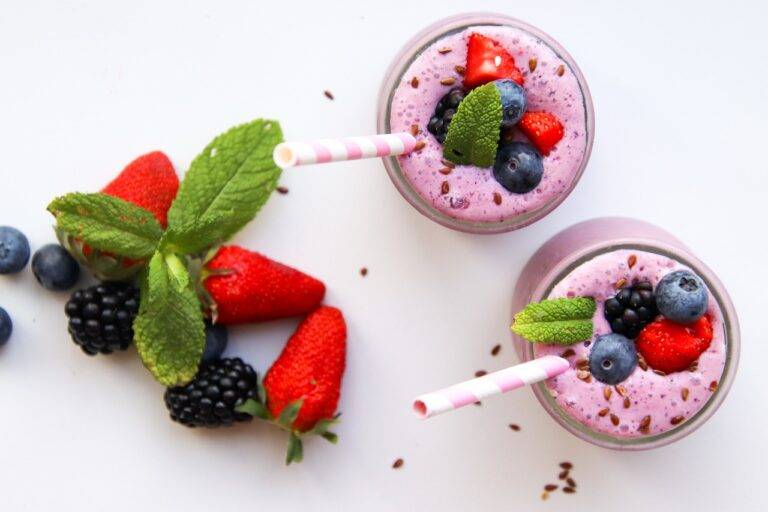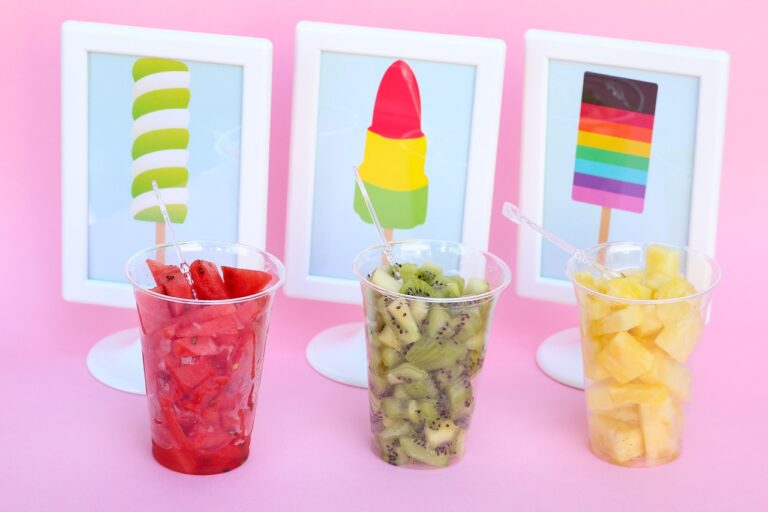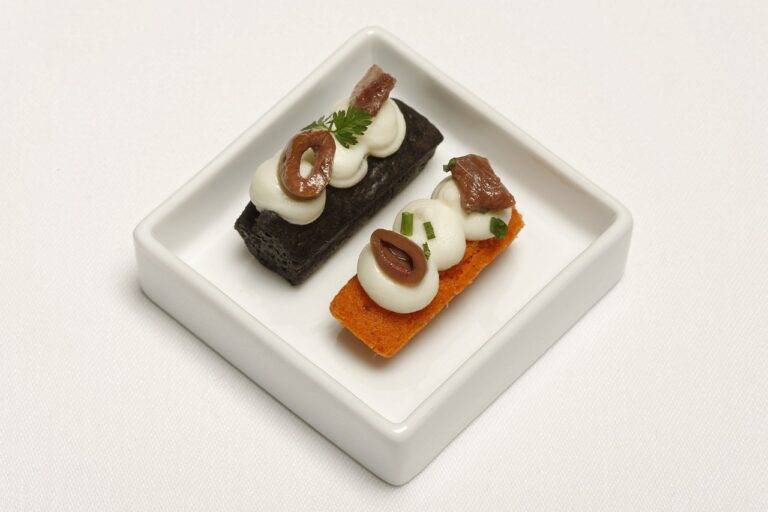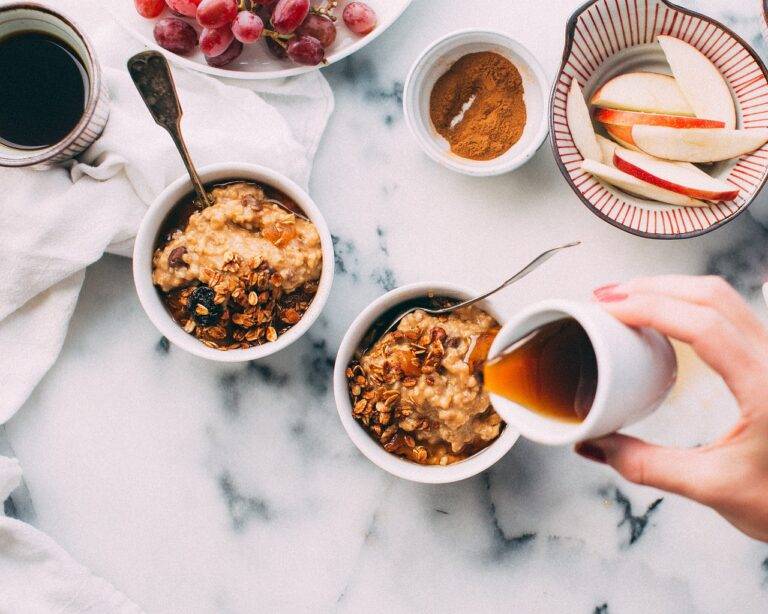The Influence of Color on Food Perception and Appetite.
Color perception plays a significant role in how we interpret the world around us. Research has shown that different colors can evoke specific emotions and behaviors in individuals. For example, warm tones like red and orange are often associated with energy and excitement, while cool tones like blue and green can induce feelings of calmness and relaxation.
Furthermore, our past experiences and cultural background can also influence how we perceive colors. What may be considered a positive color in one culture may have negative connotations in another. The study of color psychology delves into the intricate ways in which colors impact our mood, cognition, and decision-making processes. By understanding these psychological mechanisms, we can gain valuable insights into how colors shape our perceptions and behaviors in everyday life.
How Color Affects Taste Perception
Color plays a significant role in our perception of taste. Research has shown that the color of food can influence how we perceive its taste. For example, a study found that participants rated strawberry mousse as sweeter and more intense in flavor when it was presented in a pink dish compared to a white dish. This suggests that the color of the dish can influence our perception of the food’s taste, even though the actual taste remained the same.
Furthermore, the color of a drink can also affect our perception of its taste. In a study, participants rated a drink as more thirst-quenching when it was presented in a blue cup compared to a red cup. This indicates that the color of the container can impact how we perceive the taste of the liquid inside. Overall, these findings demonstrate the intricate relationship between color and taste perception, highlighting the importance of visual cues in our sensory experiences.
• Color plays a significant role in our perception of taste
• Participants rated strawberry mousse sweeter and more intense in flavor when presented in a pink dish
• The color of the dish can influence our perception of food’s taste, even if the actual taste remains the same
• A drink was rated as more thirst-quenching when presented in a blue cup compared to a red cup
• The color of the container can impact how we perceive the taste of the liquid inside
The Role of Color in Appetite Regulation
Colors play a significant role in appetite regulation, influencing how much food we consume. Studies have shown that certain colors, like red and yellow, can stimulate appetite and increase the amount of food people eat. Additionally, research suggests that brighter colors tend to make food more appealing and can lead to greater consumption.
On the other hand, cool colors such as blue and green have been found to have a suppressive effect on appetite. These colors are often associated with freshness and health, which can subconsciously signal to our brains that we are full or satisfied. By incorporating these calming hues into our dining environments or tableware, we may be able to curb our food intake and promote healthier eating habits.
How does color perception play a role in appetite regulation?
Color perception can influence our appetite by affecting our perception of food’s taste, freshness, and quality. Bright colors tend to make food appear more appetizing, while dull or unappealing colors may have the opposite effect.
Can changing the color of food actually affect its taste?
Yes, studies have shown that changing the color of food can influence our perception of its taste. For example, adding food coloring to vanilla pudding to make it look like chocolate pudding can actually make people perceive it as tasting like chocolate.
Are there specific colors that are known to stimulate appetite?
Yes, warm colors like red, orange, and yellow are often associated with stimulating appetite. These colors are thought to promote feelings of hunger and excitement about eating.
How can we use color to regulate our appetite?
One way to use color to regulate appetite is to fill your plate with a variety of colorful fruits and vegetables. This not only makes your meal more visually appealing, but it also ensures that you are getting a wide range of nutrients.
Does the color of the plate or tableware we use affect our appetite?
Yes, the color of the plate or tableware can also influence appetite. Using smaller plates or plates in calming colors like blue can help to reduce portion sizes and promote a sense of fullness.

